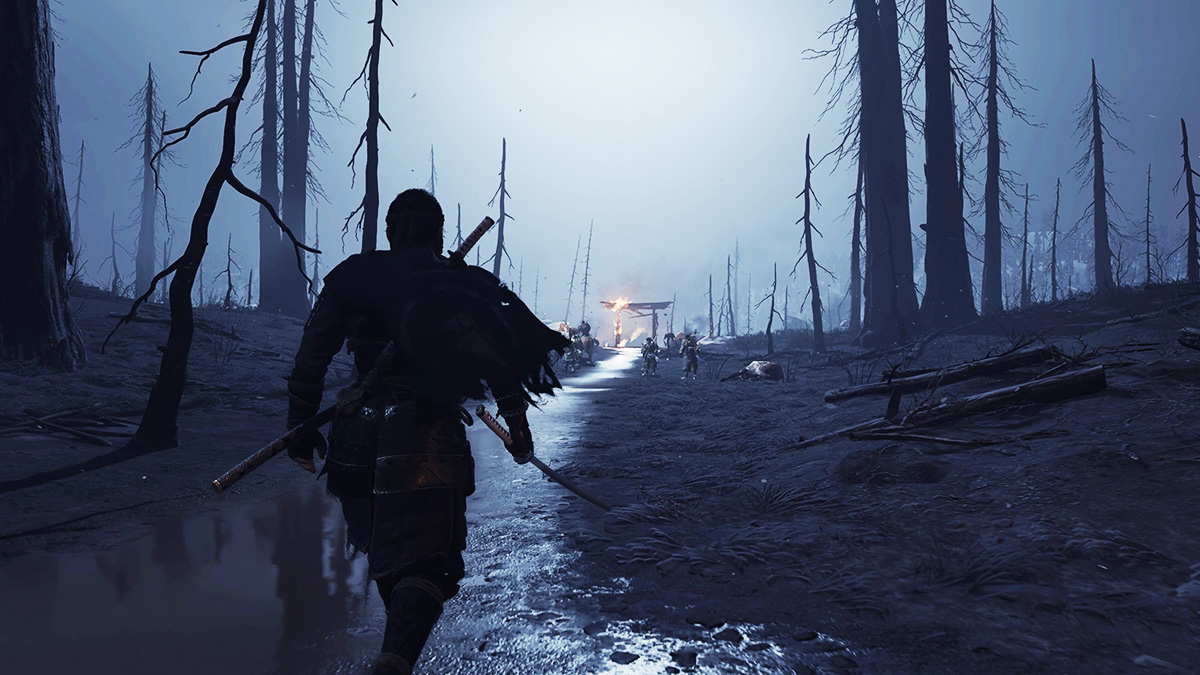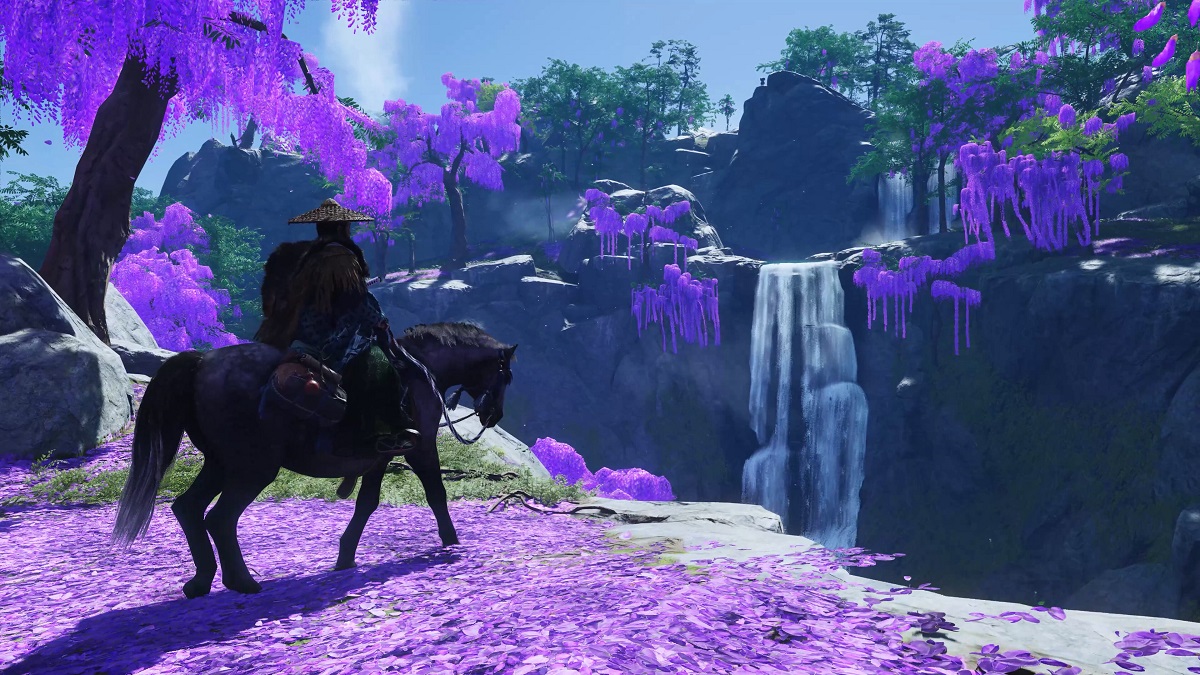Ghost of Tsushima has finally arrived for the PC after several years of anticipation. This guide will break down the best Ghost of Tsushima PC settings and explain whether you should be using Dynamic Resolution Scaling.

Ghost of Tsushima PC Minimum Requirements
Luckily, it seems like Ghost of Tsushima is a fairly optimized PC port and should be playable on a wide range of hardware. We’ve listed the official PC minimum and recommended specs below:
Minimum
- Requires a 64-bit processor and operating system
- OS: Windows 10 64-bit
- Processor: Intel Core i3-7100 or AMD Ryzen 3 1200
- Memory: 8 GB RAM
- Graphics: NVIDIA GeForce GTX 960 or AMD Radeon RX 5500 XT
- Storage: 75 GB available space
- Additional Notes: SSD Recommended
Recommended
- Requires a 64-bit processor and operating system
- OS: Windows 10 64-bit
- Processor: Intel Core i5-8600 or AMD Ryzen 5 3600
- Memory: 16 GB RAM
- Graphics: NVIDIA GeForce RTX 2060 or AMD Radeon RX 5600 XT
- Storage: 75 GB available space
- Additional Notes: SSD Required
If your PC falls within that above range, you should get a good experience out of Ghost of Tsushima on a PC around medium settings. Everyone’s PC is going to be different, and not everyone will be lugging around a 4090. However, we have a few settings to look at and a few places to start if you’re on the more modest side of these recommended specs.
I recommend starting at medium settings across the board and then slowly turning things up until you hit a frame rate you’ll accept. Things like detail and texture detail will, of course, be what you want to turn up first.
Things like Screen Space Reflections, Screen Space Shadows, and Ambient Occlusion should be left as low as possible unless you get to them and have performance to spare. These settings usually offer the least return on your investment for lighter PC builds.

Ghost of Tsushima Dynamic Resolution Scaling Explained – Should You Turn it On or Off?
Dynamic resolution scaling is a technique to enhance performance by adjusting output resolution in real-time. When a game’s GPU hits heavy sequences, DRS dynamically lowers the resolution to maintain a smoother frame rate. In Ghost of Tsushima, assuming you have a compatible card, you can combine DRS with DLSS or FSR upscaling in addition to Frame Generation.
I recommend playing around with a combination of these settings to get the best visuals with a frame rate you find acceptable. If your card allows it, I recommend starting with all of them on and resolution scaling no lower than 75 or 80 and lowering from there. So yes, you should use Dynamic Resolution Scaling in Ghost of Tsushima if you care about a stable framerate. However, just make sure you mess around with the various settings to hit the sweet spot.
Ghost of Tsushima is now available on PC via Steam in addition to PS4 and PS5.


Published: May 17, 2024 12:45 pm